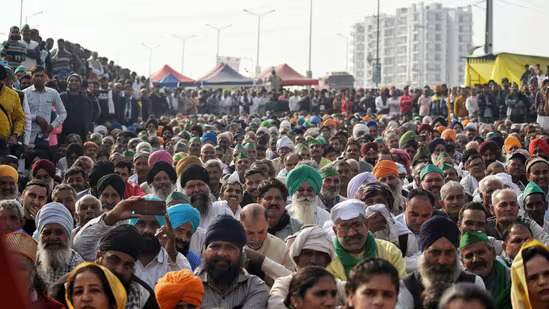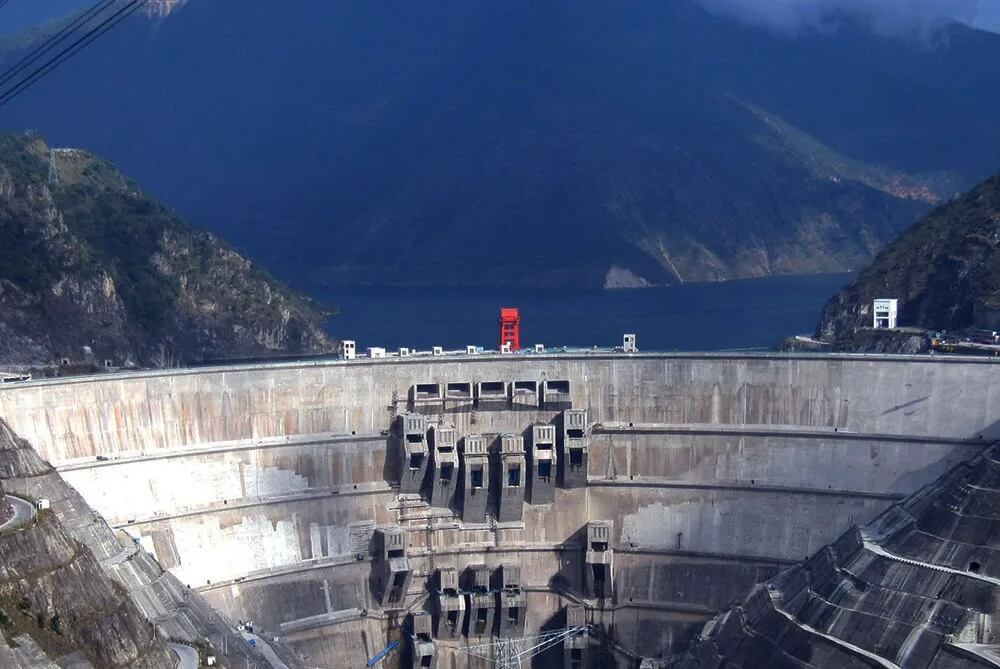
A carbon offset is a reduction in the emission of carbon dioxide or other greenhouse gases in order to compensate for emissions made elsewhere. The offset may be a cheaper or more convenient alternative to reducing one’s own fossil-fuel consumption. This led to the emergence of the Certified Emission Reduction market i.e. CER market.
Certified Emission Reduction (ECRs) are a type of emission unit (or carbon credit) issued by the Clean Development Mechanism under the rule of the Kyoto Protocol. In countries like India, greenhouse gas ( GHG ) emission is much below the target fixed by Kyoto Protocol and so they are excluded from the reduction of GHG emission.
On the contrary, India is entitled to sell surplus carbon credit to developed countries. It is here that trading takes place. Foreign companies who cannot fulfill the Kyoto Protocol norms can buy surplus credit from companies in other countries through trading. Thus the stage is set for the credit emission reduction trade to flourish.
India is considered the largest beneficiary claiming about 31% of the total world carbon trade through the clean development mechanism. The trading takes place on two stock exchanges, Chicago Climate Exchange and the European Climate Exchange. A carbon credit can take place in the open market also.
In the last decade, the prices of certified carbon credit collapsed. In 2008, prices for certified emission reductions were $20 a tonne. By 2012, prices of certified emission reductions had collapsed to below $ 5 a tonne. This was in response to the Eurozone debt crisis reducing industrial activity.
Similarly, competition started among the developing countries to earn certified emission reduction units and sell them at a higher rate to the developed countries. So, again this led to a sharp decline in the prices of certified emission reductions.
Similarly, many companies made a huge capital investments in the carbon industry and started to issue bogus or fake carbon trading certificates. All this combined led to a decline in the prices of carbon certificates from $ 20 in 2008 to $ 0.4 in 2018.
To conclude, offset carbon trading could not take off successfully because of not having a properly established system.


